Ask anyone who has traveled to Japan, and chances are, they’ll agree – one of the most notable distinctions between Eastern and Western culture is the way we sleep. Unlike Western beds composed of thick mattresses piled high atop a large wooden or metal bed frame, Japanese tradition dictates an entirely different approach to slumber: sleeping on the floor. However, this doesn’t mean that comfort or appeal has been completely relinquished. Combining ergonomic precision with a minimalist approach, Japanese bedding is both practical and in many instances, quite beautiful. In this article, we’ll explore the subtleties of a good night’s rest, Japanese-style.
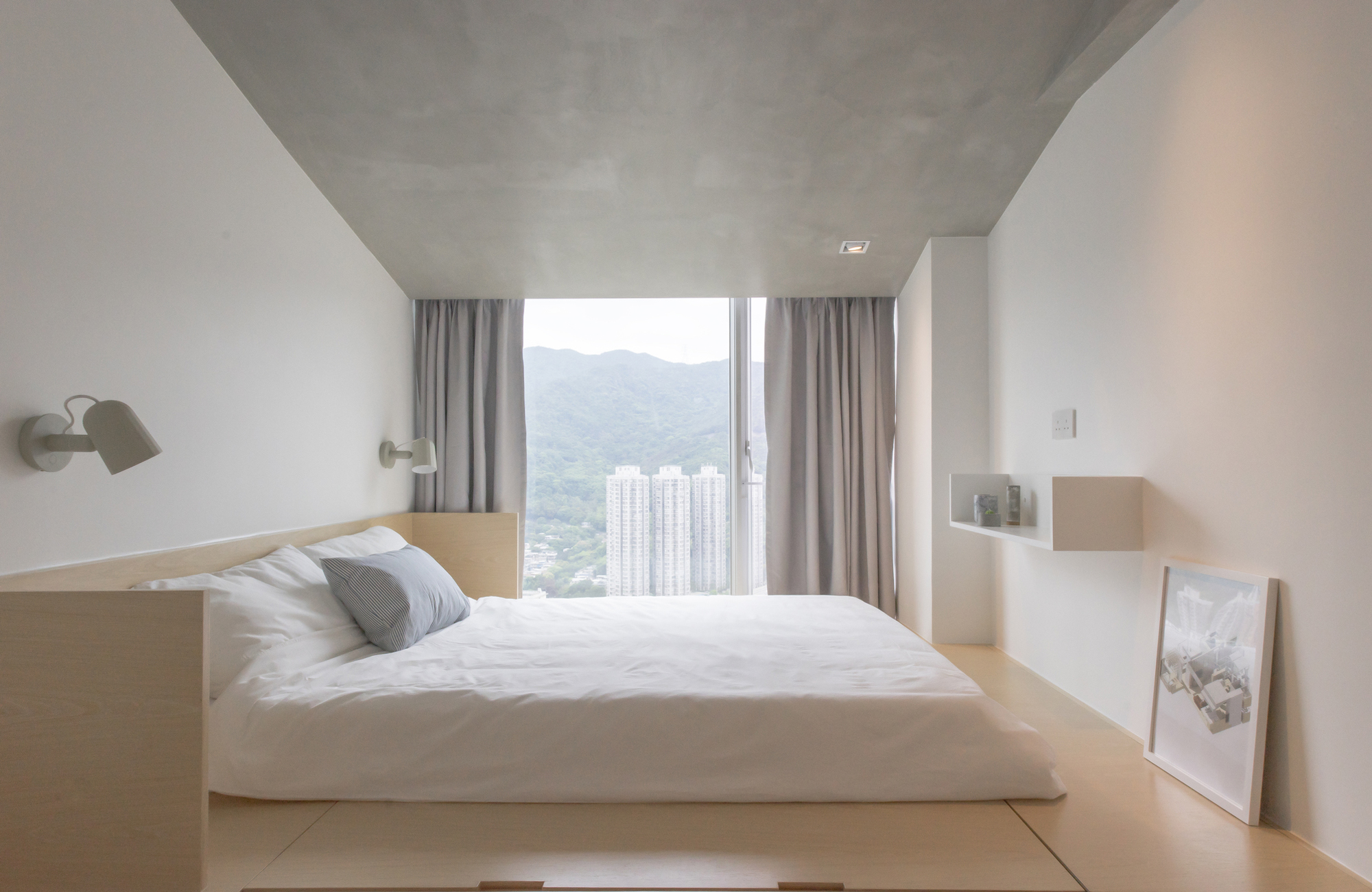
Why Are Japanese Beds On The Floor?
For many centuries, Japanese practice dictates sleeping on a specific combination of mats and cushions. In fact, historical evidence indicates that the culture of the tatami dates back as early as the 8th century. By sleeping with the mat on the floor – rather than on a bed frame, as in Western culture – the Japanese believe it helps to relax the muscles, while enabling the hips, shoulders and spine to maintain a natural alignment during rest.
The foundation of a Japanese bed begins with a tatami mat, which is composed of a woven rush grass cover, and filled with rice straw. Next, a shikifuton (Japanese-style mattress) and a kakebuton (duvet) complete the bed, while a special pillow made from buckwheat hull rounds out the customary Japanese bedding ensemble.
Traditionally, tatami mats were utilized as a flooring surface all throughout Japanese homes. Today, they’re used primarily in designated areas – referred to as ‘tatami rooms’ – which are essentially sleeping quarters. While tatami mats are practical and convenient – they may be rolled up and tucked away out of sight when not in use – they also offer a variety of sleep hygiene benefits. In addition to serving as a comfortable sleeping surface, these cleverly-engineered mats provide a moisture barrier between the floor and the futon mattress, enabling the bedding to ‘breathe’ and stay cool, which is particularly helpful in the warmer months.
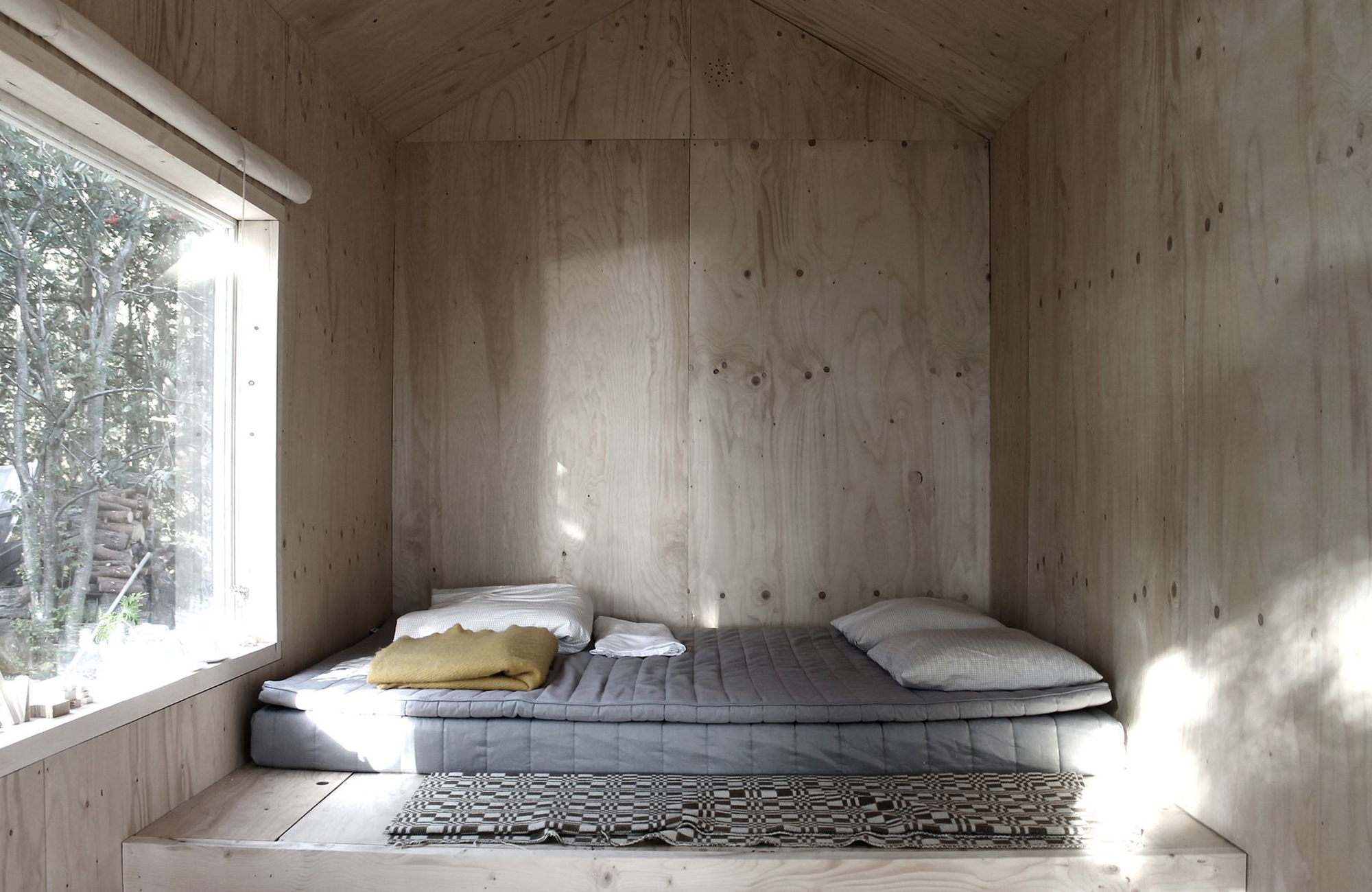
Is It Ok To Put A Bed On The Floor?
If you’re thinking of recreating a tatami-style bed at home – or simply prefer your mattress on a hardwood floor in your bedroom – you may have some reservations. However, it’s perfectly fine to put bedding directly on the floor, as long as you follow a few useful guidelines. Below, some professional advice for setting up your new sleep space:
- Prepare your space: First and foremost, you’ll want to give the area a thorough spring-cleaning before you set up your bed on the floor. If you suffer from allergies, consider using hypoallergenic cleaning products to combat dust and debris, pollen, mold, mildew and other airborne irritants which may trigger allergies or hay fever. You may want to invest in a vacuum with a HEPA filter, and damp mop hard surfaces before setting up your sleeping quarters. Last but not least, be sure to dust baseboards and any trim/moulding along the perimeter of the flooring.
- Identifying the best floor surfaces: Next, consider the type of flooring you have – hardwood, wall-to-wall synthetic carpeting/area rugs, and tile are deemed as some of the best types of floor surfaces for direct mattress-to-floor contact. You may also consider using a tatami or other types of floor mats when placing a bed on the floor.
- Avoid these floor surfaces: Experts recommend avoiding carpets and rugs with natural fibers, as well as plywood – since these surfaces can potentially retain moisture, they’re breeding grounds for mold and mildew.
- Follow warranties & guidelines: Depending on the type of mattress or mat you purchase, be sure to check the warranty or any instructions (enclosed or online) as far as placing the mattress directly on the floor. If you’re uncertain, speak with the retailer you purchased the mattress from to ensure it is suitable for setting up without a traditional bed frame.
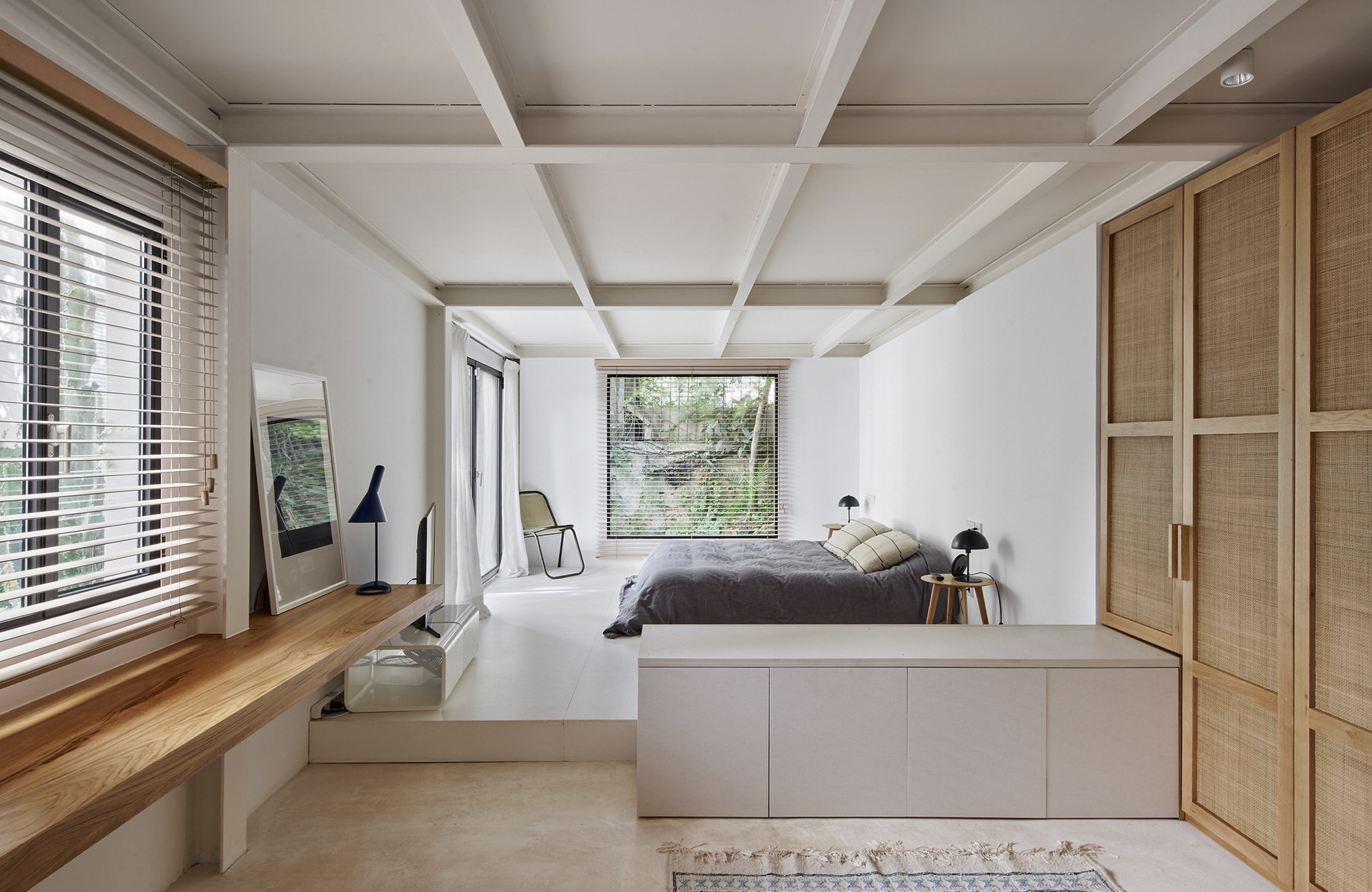
Understanding The Benefits & Traditions Of The Japanese Sleep System
Whether you desire the health benefits of traditional Japanese bedding, or merely prefer the minimalist aesthetic it imparts to your décor, there are numerous perks to sleeping with your mattress on the floor. In addition to improved skeletal alignment, many people – both Eastern and Western – have found that beds such as the tatami mat provide superior comfort and support. For other enthusiasts of tatami culture, it may just be the appeal of simplicity in the sleep space that the Japanese have employed for thousands of years.
Some of the benefits of sleeping on the floor include improved posture, a reduction in sciatica and neck pain, and even better blood circulation. Additionally, if you tend to get hot at night, a bed without a frame may be just the solution – since the air circulates more freely through the mattress and bedding, it can potentially keep you cooler. However, since air is colder close the floor, those who live in chilly climates may want to think twice before ditching their bed frame.
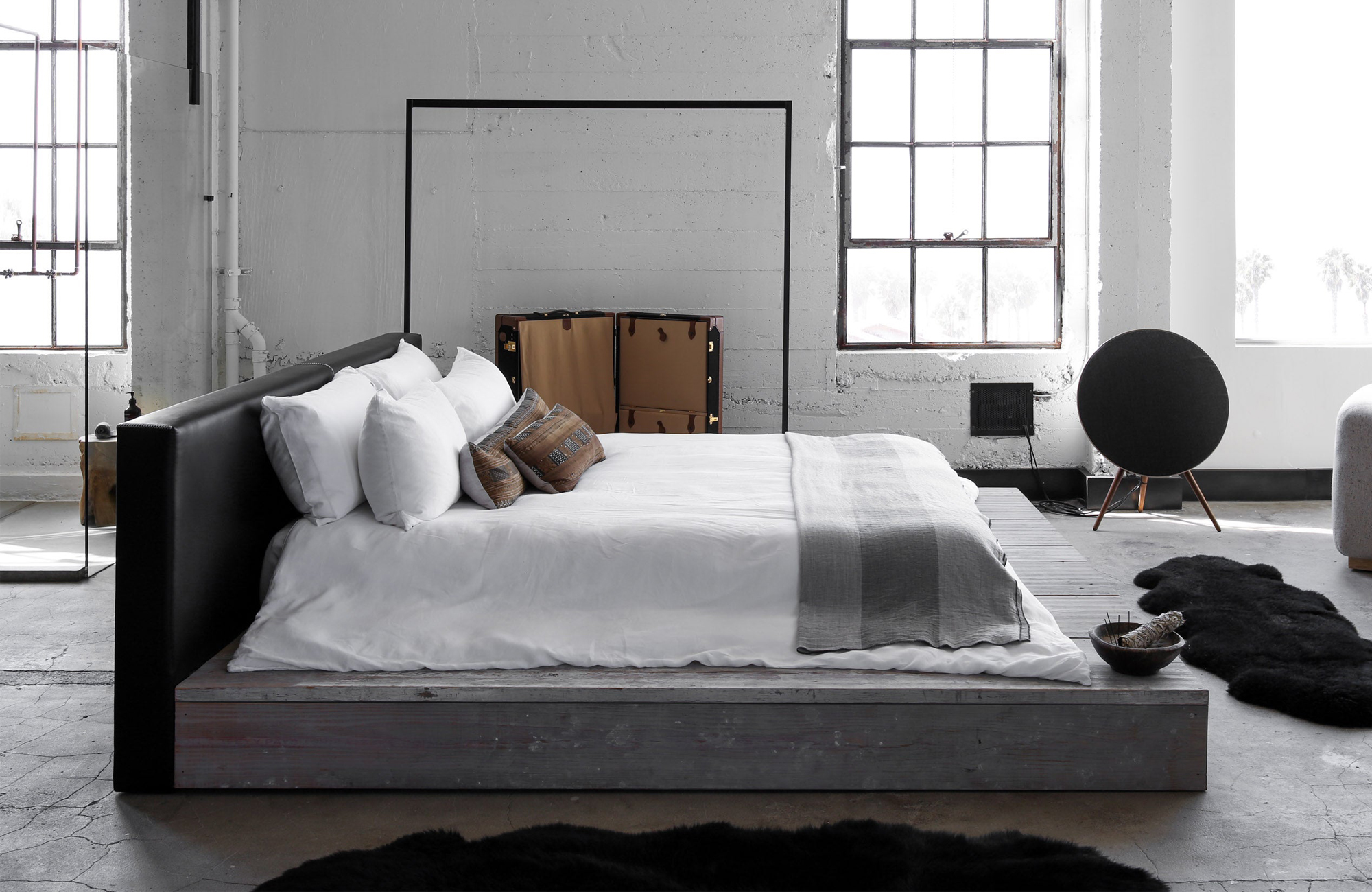
Does Bed Height Affect Sleep?
For those concerned about bed height, fear not – according to the experts, your bed’s height won’t affect the quality of your sleep. On the other hand, the thickness of your mattress can determine the amount of support and comfort you’re going to get, so be sure that the bedding you choose is appropriate for your body type, weight and sleep habits (e.g., if you’re a side-sleeper versus someone who sleeps on your back or stomach), as well as your partner’s, if applicable. Choose a mattress that allows you to easily get in and out of your bed, so for those who struggle with certain health issues (such as arthritis or a bad knee), a bed on the floor may not be the most suitable option. If you do decide to place your mattress on the floor, be sure to place it up against the wall at least once a week when not in use to air it out.
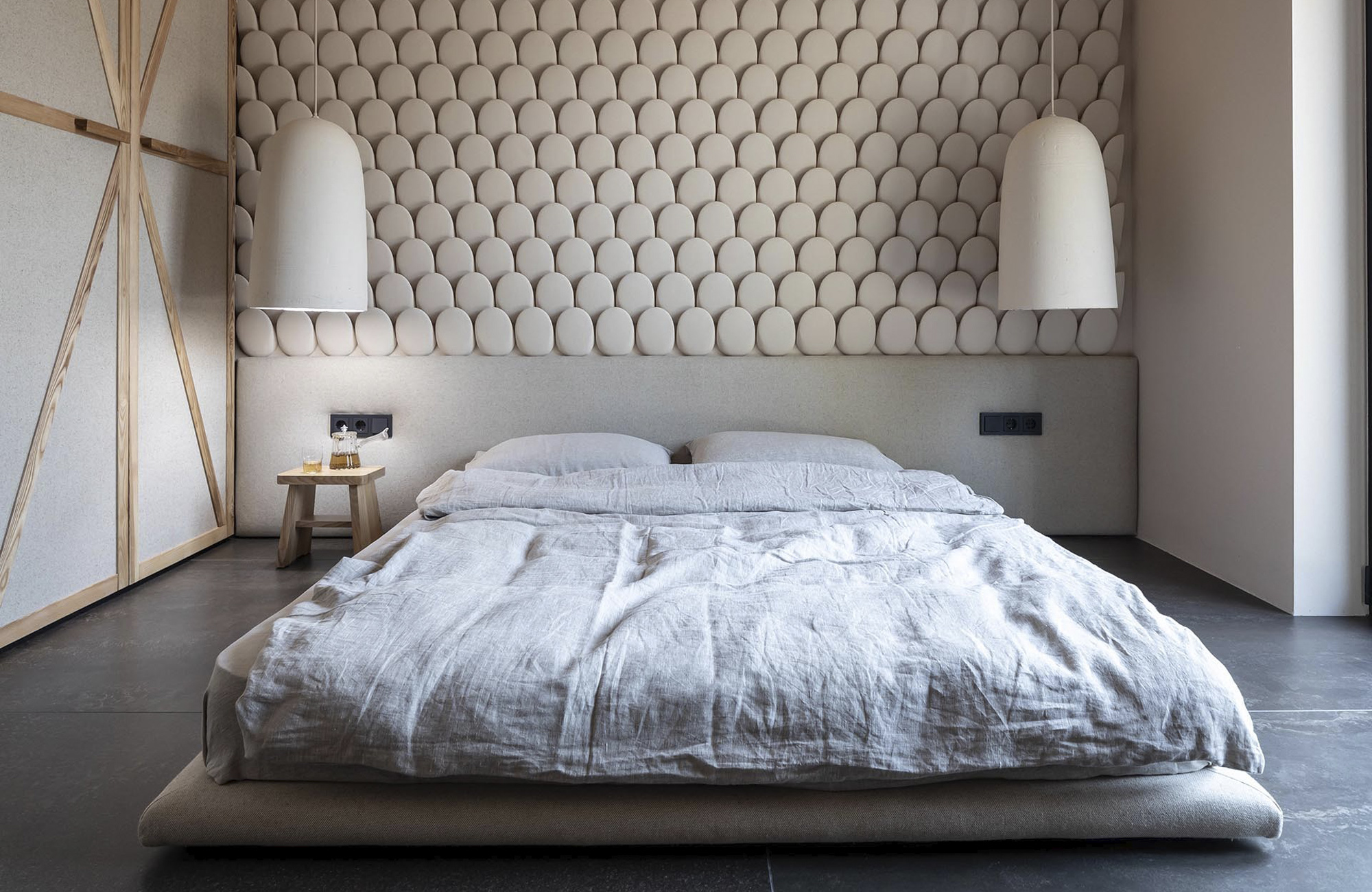
What’s Your Sleep Style?
Finally, consider your personal style – after all, your bedroom is your sanctuary. Therefore, the type of bedding you choose is not only a reflection of your aesthetic, but will directly impact the look and feel of your entire room. While taller, traditional beds may be appealing in a home with high ceilings, a low bed (e.g., a tatami mattress or a platform-style bed) can be a sleek option that gives the illusion of more space. For those who desire contemporary décor – for example, as reflected in Japanese and Nordic-inspired interiors – lower beds can instantly transform a room, imparting an airy, modern allure that conjures a sense of timeless tranquility.
Below, a few suggestions for Zen-inspired sleeping quarters:
- Less is more: For Japanese-inspired bedrooms, choose your accessories and accents sparingly. Opt for clean lines and an uncluttered space. Bedroom staples: a simple metal stool or rattan chair, a colorful tatami mat, a luxurious duvet, a practical yet sleek floor lamp and a few indoor plants are all you need to create the perfect escape for a good night’s respite.
- Material applications are everything: From the textures and colors to the usage of light, Japanese interiors incorporate elements of nature, reflecting the beauty of the outdoors in a myriad of ways. Think chunky area rugs in natural fibers, such as jute or sisal. Opt for monochromatic palettes with a few colorful accents – choose soft wood tones and rich leathers for a cohesive yet serene atmosphere. Complete the look with sumptuous textiles – go for neutral or pastel-toned bedding and throw pillows for a peaceful oasis, or select deeper jewel tones for a cozy, eclectic vibe.
- Functionality, form & craftsmanship: To capture the essence of a Japanese-inspired interior, one needn’t replicate it exactly; rather, opt for strong design elements to effortlessly conjure the look and feel. Select modular furniture designs that blend quality with functionality. Seek out storage options that enable you to keep clutter at bay and maximize your living space. Also consider scale – for example, if you have a tatami mat bed, keep in mind the height and profile of surrounding furnishings.





